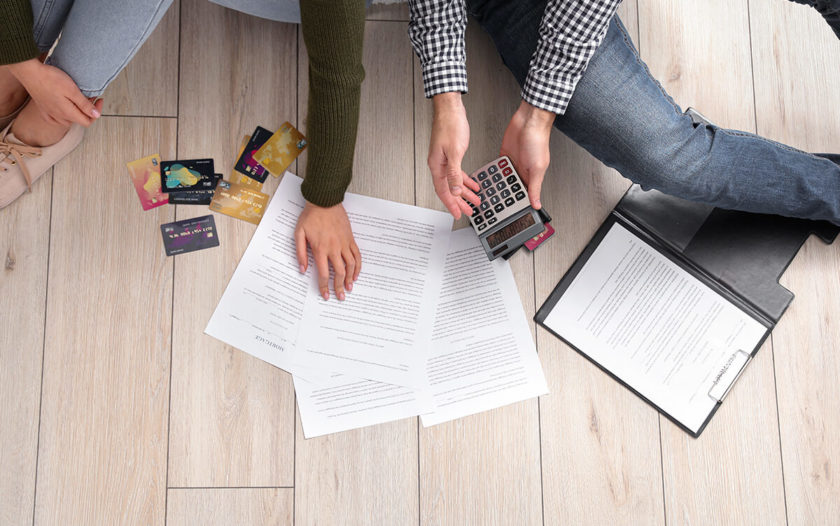Unsecured vs. Secured Debt: What’s the Difference?
About Molly
Molly is a finance writer based in Portland, Oregon. She also covers software and environmental issues and is always on the lookout for a good vegan donut.
Read full bio
At a Glance
On the surface, all debt seems the same. Credit cards. Home mortgages. Student loans. Car payments. Bills are bills, right? However, when it comes to taking out loans—and repaying them—the details matter.
Understanding debt:
What is unsecured debt?
Most debt is unsecured, which means a loan isn’t backed by any collateral, like a car or a house. That means if you default on unsecured debt, your lender has no property to seize as repayment.
So, unsecured loans often come with higher interest rates. Examples of unsecured debt include credit cards, personal loans, student loans, medical bills, phone and utility bills, income tax, and back rent.
What happens if I can’t repay an unsecured debt?
Failing to make payments on unsecured debt lowers your credit score for a long time. If you default, a lender may send your account to collections—they might even take legal action. Depending on your state, a creditor may sue to have the court garnish your wages, seize an asset, or put a lien on your home.
What’s secured debt?
A secured debt is any debt backed by an asset. The most common secured debts are car loans, mortgages, and home equity loans and lines of credit (HELOCs). Secured loans allow you to borrow higher amounts at lower interest rates because the lender can be confident of recouping their money in the event you default.
What happens if I default on secured debt?
If you’re unable to pay back a secured debt, the lender has the right to seize your assets. That means they may repossess your car or foreclose on your home. Defaulting on a secured loan can also harm your credit score.
Which type of loan should I get?
Choosing between a secured and unsecured loan depends mostly on the amount you want to borrow and your credit score.
Unsecured loans
Assuming you’re able to pay on time, an unsecured loan has a lot of benefits. You’re not risking a specific asset like a car or house, and with shorter repayment terms, you’ll pay less in interest over time. You can also quickly improve your credit rating, which increases credit lines and lowers interest rates even further.
Secured loans
Similarly, there are many benefits to secured loans. A secured loan has less risk for the lender and, in return, offers better terms and lower interest rates for borrowers. Your collateral may even make up for a lower credit score, helping you qualify for the loan. However, if you’re unable to repay it, your property is at risk.
Learn more about unsecured loans vs. secured loans.
Unsecured debt vs. secured debt: Which should I repay first?
If you have to choose which bills to pay, prioritizing secured debt is often the best option. Repaying a mortgage or auto loan protects essential assets, like your home or primary transportation—and these are often the hardest bills to catch up on if you fall behind.
Next, compare both secured and unsecured debts and tackle them using one of these DIY strategies:
- High-interest rate (also known as debt avalanche): Pay off your debts with the highest rate of interest as quickly as possible. This method can save you money in the long run.
- Debt snowball: Pay your smallest debts first, with the goal of paying them off as soon as possible, while paying the minimum on all your debts. This method can be extremely motivating, though you may pay more in the long run due to interest on larger debts.
- Consolidate credit card debt: When you consolidate credit card debt, you’re combining the balance of multiple credit cards (i.e., unsecured debt) into a single monthly payment. Consolidation works if the long-term goal is to pay off your credit card debt.









